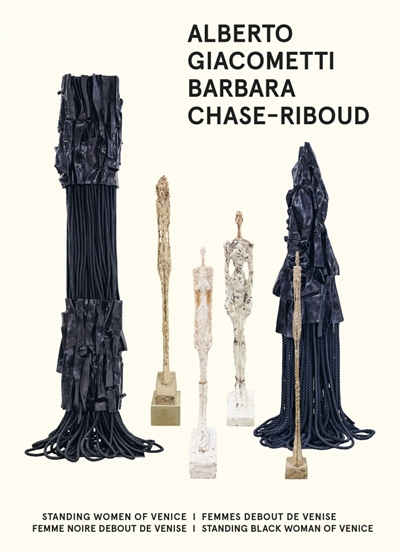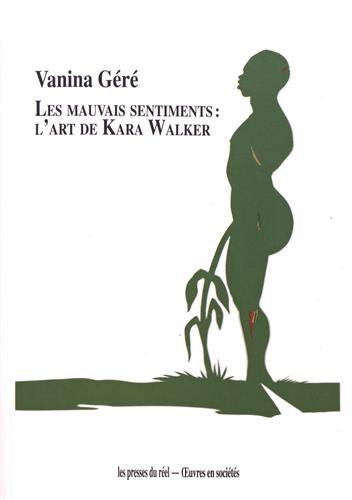par Kim, Clara (19..-....) ; Tate modern (Londres). ; Smith, Zadie (1975-....) ; Walker, Kara Elizabeth (1969-....)
Tate Publishing
2020 -
-
Disponible - 70"20" WALK 2
Niveau 3 - Arts
Résumé : En 2019, l'annuelle Hyundai Commission a été réalisée par l'artiste américaine Kara Walker, dont le travail est internatio- nalement connu depuis les années 1990 pour ses explorations franches des questions raciales et de genre, de la sexualité et de la violence qu’elle analyse à travers une multitude de médiums : dessins, estampes, peintures murales, marion- nettes d'ombre et projections, mais aussi installations sculpturales à grande échelle. Documentant la conception et la création de cette dernière commande, cette publication comprend des images intrigantes d'œuvres en cours dans l'ate- lier de l'artiste ainsi que des photographies saisissantes de l'installation finale. Dans un texte éloquent, Walker présente également une sélection personnelle d'images d'archives et d'œuvres d'art qui l'ont influencée au cours de la genèse de cette œuvre. Avec des essais de la commissaire du projet, Clara Kim, et des nouveaux écrits de Zadie Smith, ce catalogue offre un nouvel aperçu de la vie et de la carrière de Walker menant à cette dernière installation étonnante.

 Les bibliothèques de la ville de Paris
Les bibliothèques de la ville de Paris
 Les bibliothèques universitaires
Les bibliothèques universitaires
 La BnF
La BnF
 L'encyclopédie Wikipédia
L'encyclopédie Wikipédia
 L'Encyclopædia Universalis
L'Encyclopædia Universalis
 La bibliothèque du film
La bibliothèque du film
 La médiathèque de la Philharmonie de Paris
La médiathèque de la Philharmonie de Paris






![The color line : les artistes africains-américains et la ségrégation, 1865-2016 : [exposition, Paris, Musée du quai Branly-Jacques Chirac, 4 octobre 2016-15 janvier 2017]](/imported_images/livre/couverture/978-2-08-135552-1.jpg)






![Grief and grievance : art and mourning in America : [exhibition, New York, New Museum, October 20, 2020 - January 24, 2021]](/imported_images/livre/couverture/978-1-83866-129-8.jpg)

